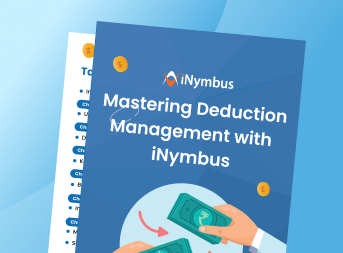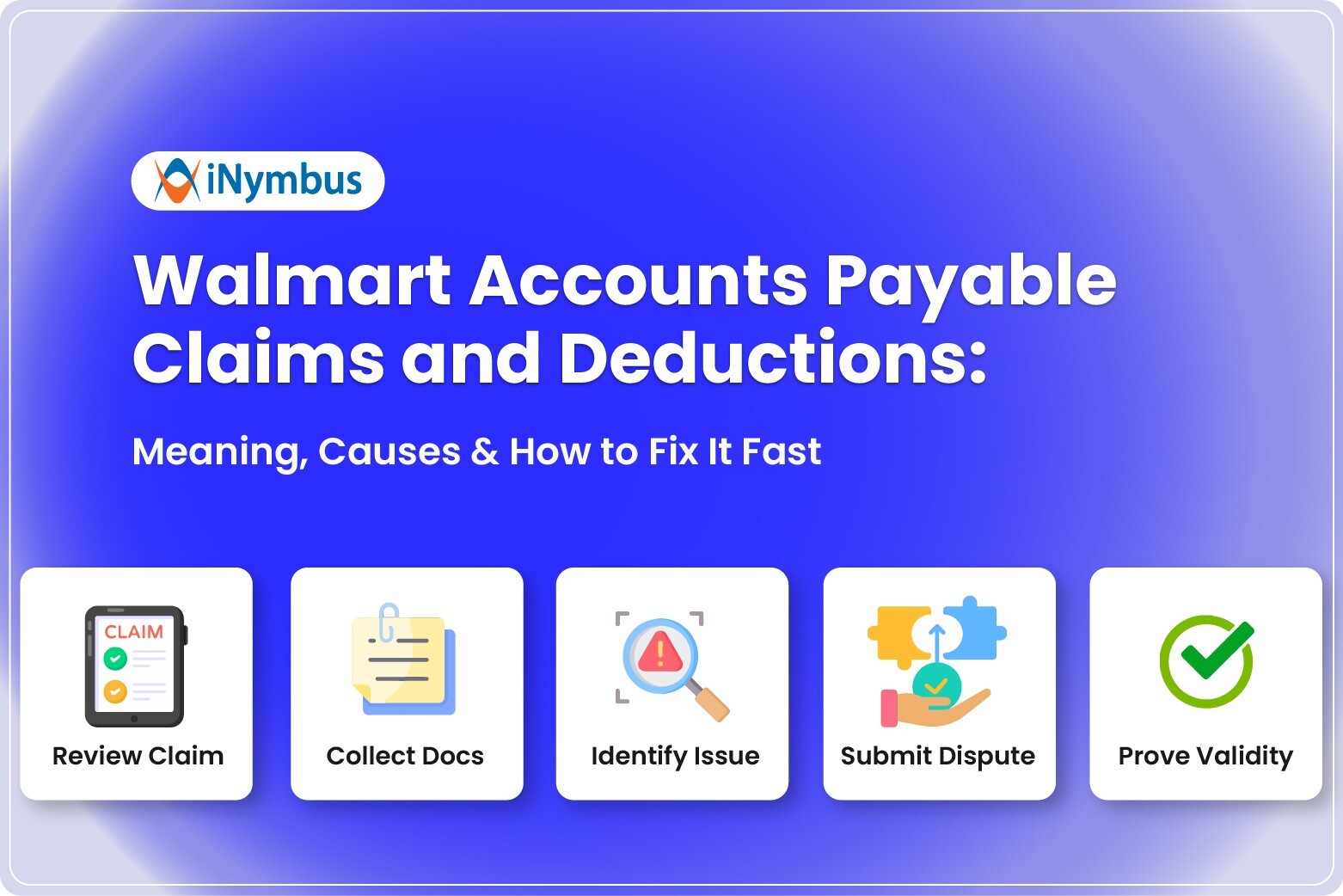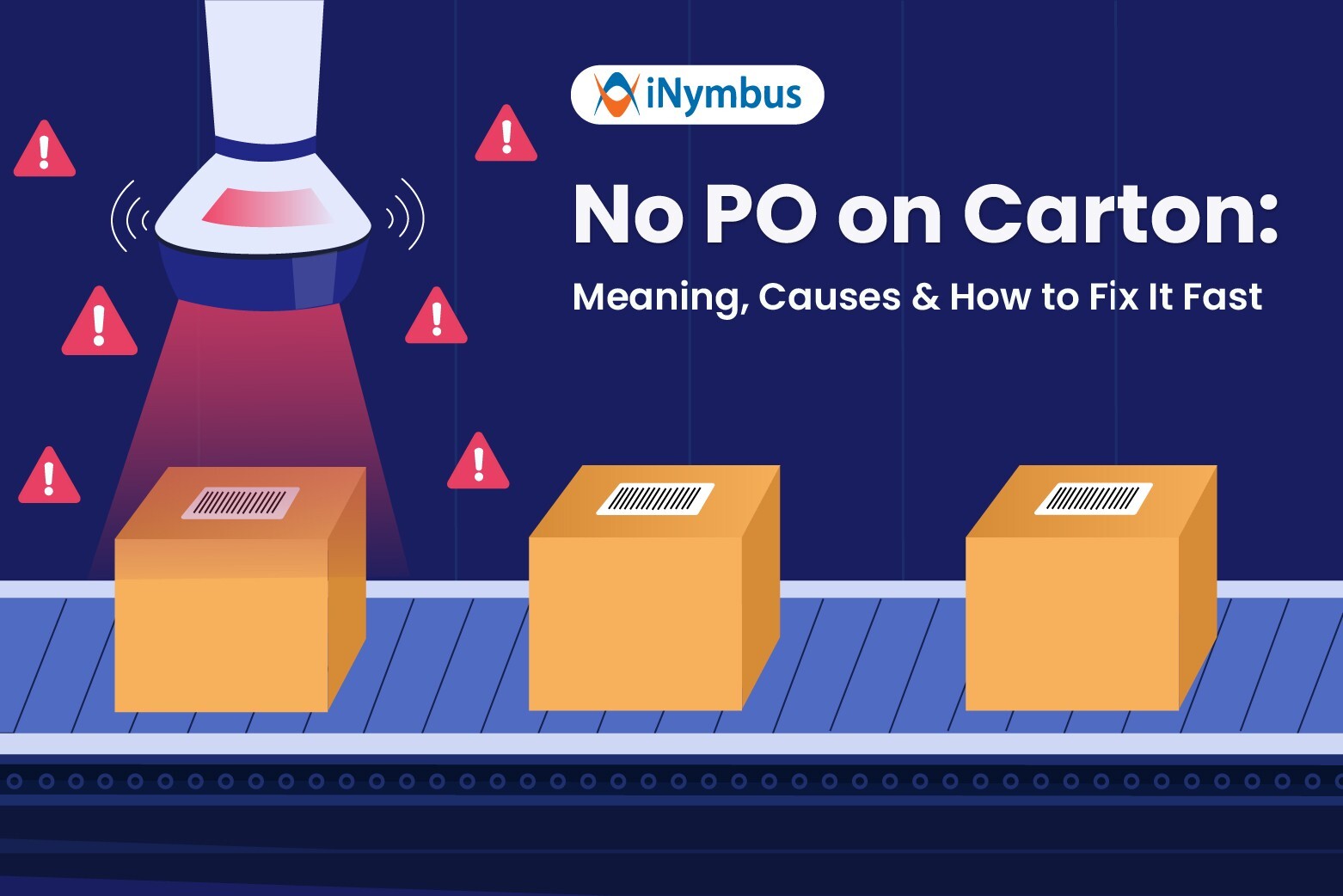Resolve Chargebacks and Deductions Swiftly with RPA

Manufacturers and vendors are losing revenue at an alarming rate. This lost revenue stems from repeated non-payment by major retailers. And, worse, it can seem impossible to reverse the trend.
Yet: reversal is possible.
Last November, the FTC launched an investigation into the supply-chain disruptions that have caused product shortages worldwide. The investigation is a critical move to protect consumers. But, progress is slow.
Now, retailers have filed more claims and deductions against suppliers this year than in any year prior.
Vendors rarely have the manpower to investigate or dispute claims. As such, retailers have increasingly "fined" vendors, refusing to pay tens of thousands of dollars for products received over alleged violations.
These are not violations of consumer protection laws. Instead, these are ostensible failures to abide by policies set by retailers themselves.
But now, finally, breakthrough technology has turned the tide with RPA technology.
Deductions and Lost Revenue: An Escalating Problem
How can these deductions be so destructive? Didn't vendor partners agree to the terms of the contract with retailers?
Yes. Yet, retailer deductions are too hard to fight—even when they're clearly invalid. Unfortunately, there are four problems.
1. Arbitrary Chargeback Screens
Chargebacks are fees imposed by a customer retailer for not meeting their shipping or packaging standards. Most claims involve:
- Packing problems
- Purchase order issues or delays
- Receiving delays or errors
- ASN issues
- Transportation dilemmas
Chargeback screens seem random. Both the initial chargeback evaluation and the appeals process strike vendors as opaque. It's nearly impossible to prevent chargebacks entirely.
2. Byzantine Deduction Codes
One reason it's impossible to stay above-board? Retailers' deduction codes are numerous and bizarre. Walmart lists almost 100 possible deduction codes suppliers might violate.
3. Out-of-Sync Portals Incite Confusion, Freight Carrier Claims
No web portals are compatible. This makes disputing deductions manually take too long.
Likewise, freight tracking and shipping portals are not designed to be in sync. Navigating both creates confusion. This, in turn, instigates claims from freight carriers that may or may not be valid.
4. Barriers to Disputing Claims
Finally, invalid claims go undisputed. Why? It takes too much time and manpower.
Between the complex upload process, the time it takes to gather and vet documents, and the morale hit a team takes when their job becomes all paperwork, disputing claims is rarely worth it.
A vendor may well spend more on a dispute than they'd recover. Yet, without an effective dispute process, lost revenue keeps piling up.
The Solution? Robots
No human being can fight the myriad claims of these giant corporate retailers. Even a team of humans barely put a dent in the pile.
Instead, manufacturers and suppliers need something the retailers already have: robots.
What Is RPA Automation?
RPA automation stands for "Robotic Processing Automation."
In recent years, retailers dramatically increased the average number of chargeback claims levied against suppliers each month.
For example, in 2018, D&H Distributing reported Walmart increased their number of chargeback deductions. The retailer escalated from roughly 500 claims per month to over 2000.
In the same report, the distributor notes the most notorious retailers claim up to 10,000 deductions monthly.
Even at a giant company like Amazon, humans can't file that many claims.
They have robots.
Now, you can have robots too.
Robotic Processing vs. Manual Processing
Robotic Processing Automation accelerates claims processing well beyond any human's power.
D&H Distributing spokespeople note that to process a single claim manually takes 7-10 minutes, on average. That means at peak capacity, a human can only process a little under 68 chargebacks in an eight-hour workday.
In contrast, RPA processed over 500 claims daily. The "robot army" got through over 3000 claims in six days.
Robotic processing saves time. And, it results in significantly more successful disputes.
Plus, the morale boost cannot be overstated: manual claims processing is disheartening. RPA lets staff work on projects that are more engaging and fulfilling.
How to Use RPA Automation to Recover Your Revenue
Want to recover your lost revenue? Excellent.
Here's a preview of how Robot Processing Automation works for most vendors. Keep in mind, iNymbus tailors RPAs by training the robots to meet each vendors' unique needs.
1. Implement Customized RPA Solution
An RPA solution works towards the KPIs that matter to you. Saving time, recouping revenue, and improving employees' time spent are all valid, achievable goals. Read our case studies for more inspiration.
2. Instantly Dispute All Deductions
RPAs will automatically dispute all deductions and chargebacks. Going all-in is quick and easy. It's also the best way to recover every dollar possible. No time is wasted triaging claims, as the robots' assessment is near-instantaneous.
3. Begin Zero-Touch Automatic Claims Processing
Reallocate employees to teams where their talents shine. Processing claims with RPAs requires almost no human oversight. All processes are automatic, so there's one less thing to worry about.
4. Robots Pull, Gather, Submit All Relevant Documents
RPAs are trained to gather, organize, and submit all relevant documents for a claims dispute. iNymbus bots pull relevant data from BOL, POD, invoice, deduction, and other documentation.
Robots can easily distinguish between claims, and they readily recognize what's necessary for each deduction code.
5. Claim and Recover Invalid Deduction Costs
iNymbus RPA closes the loop by submitting disputes right back to the retailer's portal. In addition to the initial claim, our bots are capable of opening cases and redisputing claims multiple times. Our customers see increased recovery by continuing to dispute claims in the same way a person would manage follow ups on hundreds of claims.
That sounds like a win-win-win.
Recover Lost Revenue With Robots
Are you ready to recover lost revenue with robots? Get in touch today!
Our experts can walk you through our groundbreaking technology. Then, together, we can develop a unique RPA program tailored to meet your team's needs.
We can't wait to collaborate.






